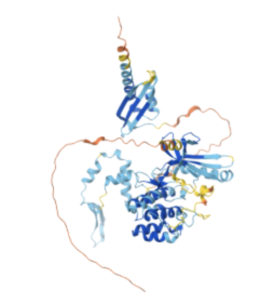In a preclinical animal study–rat model
Xinxue Wei et al.
from the Fifth Affiliated Hospital of Xinjiang Medical University, Urumqi
published in Biochemical Genetics Journal to investigate whether silencing the NRBP1 gene using shRNA can enhance cognitive performance and reduce pathological hallmarks of Alzheimer’s disease (AD) in a rat model induced by D-galactose and AlCl3. Silencing NRBP1 led to measurable improvements in spatial learning and memory, decreased Aβ1-42 burden, and reduced amyloid plaque pathology in the hippocampus. The intervention restored performance close to non-AD control levels, suggesting that NRBP1 may play a critical role in Alzheimer’s disease pathogenesis and could be a therapeutic target 1)
Critical Review:
This study explores a promising molecular target, NRBP1, in a standard AD animal model. The use of both behavioral (Morris water maze) and molecular (ELISA, Thioflavin-S, qPCR) assessments strengthens the internal consistency of the findings. However, it suffers from several critical limitations:
1. Lack of Mechanistic Depth: No molecular pathway analysis or downstream effectors of NRBP1 silencing are evaluated. Is NRBP1 affecting tau phosphorylation, inflammation, or synaptic signaling?
